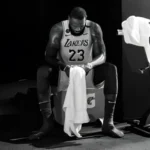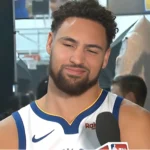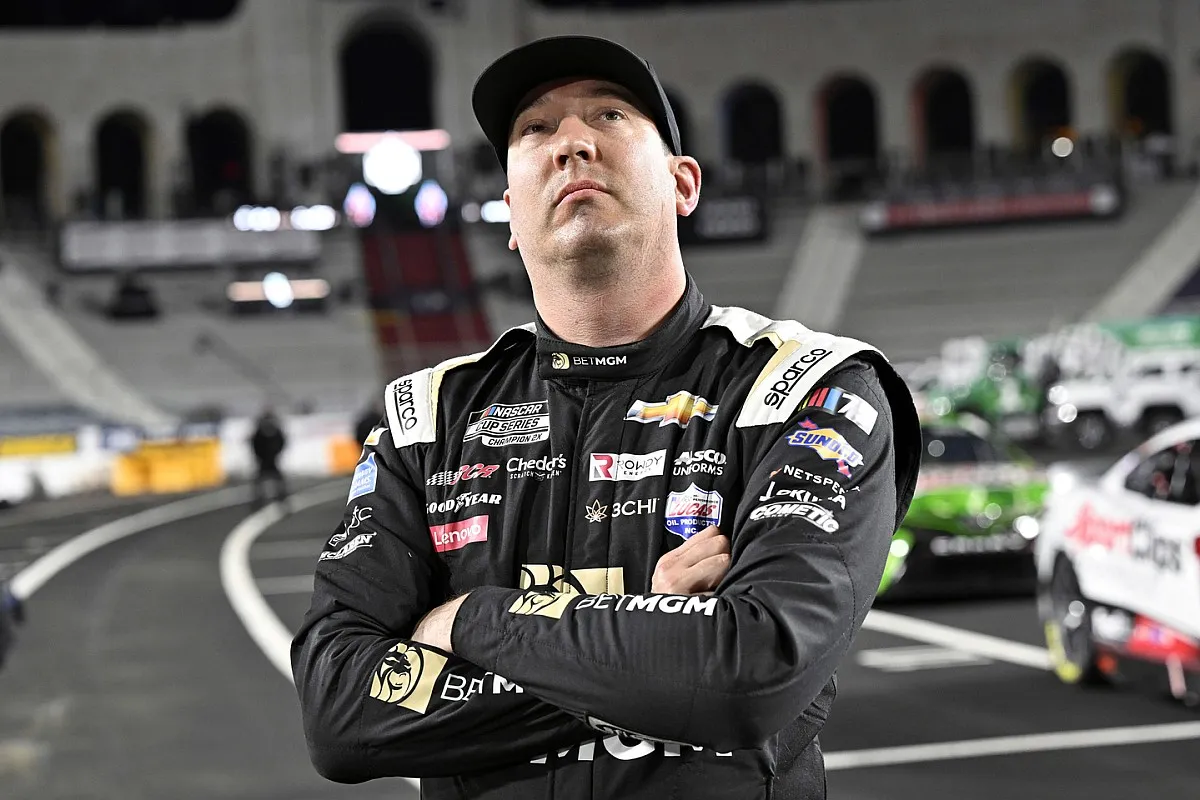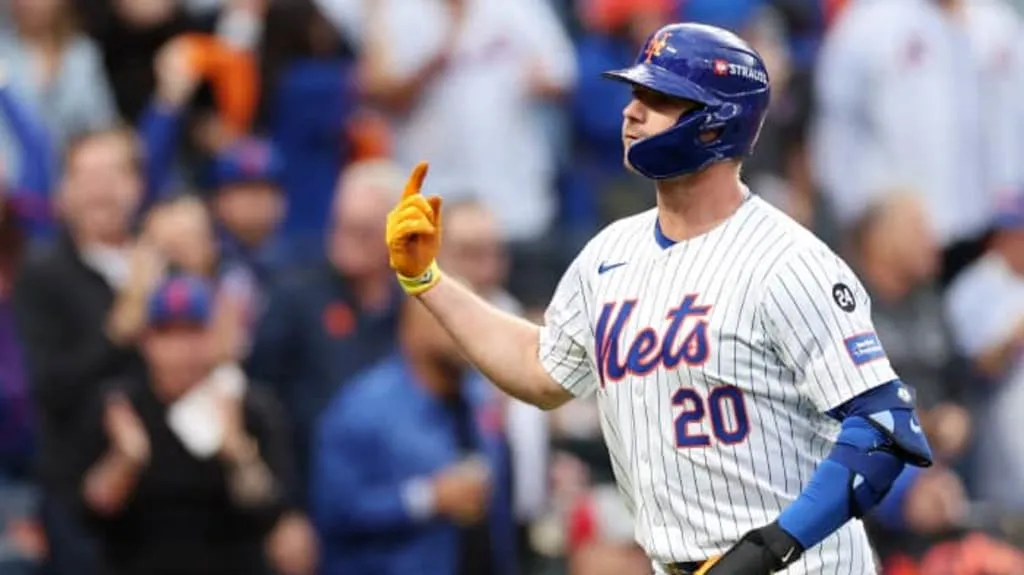

Nick Kurtz temporarily absent from the starting lineup for one game: Smart move or risky gamble for Oakland Athletics?
The Oakland Athletics have found themselves in the spotlight for a decision that may seem small on the surface but could carry lasting consequences: resting rookie sensation Nick Kurtz. Just a few months into his MLB journey, Kurtz has already emerged as a central figure in Oakland’s rebuilding project. Fans and analysts alike were stunned when his name was absent from the starting lineup against the Detroit Tigers.
Head coach Mark Kotsay quickly clarified: this was not due to an injury, but rather a planned day of rest. According to reports, Kurtz has been showing signs of lower-body fatigue — an unsurprising outcome for a player transitioning from the college level (NCAA) to the relentless grind of Major League Baseball. While the move was tactical, the question remains: was this the right call for both Kurtz and the Athletics?
In this article, we’ll dive deep into the situation, exploring the reasoning behind the decision, its implications on player health, the broader strategy of managing young stars, and whether this single day off might reveal more about Oakland’s long-term vision.
The Context: Why Nick Kurtz Sat Out
A Scheduled Break, Not a Setback
The Athletics announced that Nick Kurtz would not be in the starting lineup for the matchup against the Tigers. Reports from CBS Sports confirmed that this was a routine rest day, not the result of an injury. Kurtz remained active on the bench, available if needed, but was not called upon to start.
Head coach Mark Kotsay emphasized that the decision was made to manage Kurtz’s workload. He pointed out the clear distinction between fatigue and injury, stressing that this move was preventive rather than reactive. This distinction is crucial — while injuries can derail seasons, managed fatigue can extend careers.
The Physical Demands of an MLB Rookie

Coming directly from NCAA competition into MLB is like stepping from a sprint into a marathon. In college, the longest season Kurtz experienced was around 60 games. By contrast, the MLB calendar stretches across 162 games, with travel, back-to-back series, and limited downtime. For a young player like Kurtz, the physical toll can accumulate quickly, even if no visible injury is present.
In essence, Kurtz is facing the same challenge every rookie encounters: building endurance for the marathon of a professional season. Rest days, therefore, become a vital part of that adaptation process.
A Deeper Analysis: Why This Rest Day Matters
Rest as a Strategic Tool
Giving Nick Kurtz a break wasn’t just about saving his legs for one game. It’s about protecting Oakland’s investment in a young player who could define the franchise’s next decade. Teams across the league have embraced load management — a strategy that prioritizes long-term health over short-term performance.
In the NBA, load management is a controversial but accepted reality. Baseball, with its grueling schedule, may need it even more, particularly for rookies. By resting Kurtz now, the Athletics send a message: his long-term development is more valuable than one night’s box score.
The Rookie Wall: A Real Phenomenon
Sports scientists often refer to the “rookie wall” — the point in a player’s first professional season where physical and mental fatigue begin to outweigh performance. It’s not necessarily about injury, but about declining efficiency, slower reaction times, and increased risk of mistakes.
For hitters like Kurtz, this wall can show up as slower bat speed, reduced plate discipline, or difficulty tracking pitches. By recognizing signs of fatigue early, Oakland is giving Kurtz the chance to reset before hitting that wall head-on.
Preventing Soft-Tissue Injuries
Another important factor in the Athletics’ decision is the prevention of soft-tissue injuries — hamstring strains, quad pulls, or oblique tweaks. These are among the most common injuries for baseball players, especially those dealing with cumulative fatigue. A single strain could sideline Kurtz for weeks, undoing all the progress he’s made this season.
By strategically resting him now, the A’s reduce the risk of such setbacks. In other words, one day off could save an entire month.
Balancing Performance and Longevity
Short-Term Sacrifice vs. Long-Term Gain
The Athletics are in a rebuilding phase, which means their focus is not just on winning today but on developing tomorrow’s stars. Nick Kurtz is central to that vision. Losing him to injury, even temporarily, could disrupt that trajectory.
While resting him might frustrate fans eager to see him in action every night, it’s a calculated sacrifice. Oakland is betting that a healthier, stronger Kurtz in August and September — or even in future seasons — is worth more than squeezing every possible inning out of him now.
A New Philosophy in Oakland?
Historically, the A’s have been known for their analytical approach to the game. From the “Moneyball” era to today, they’ve often prioritized efficiency and long-term planning. Managing Kurtz’s workload fits right into that tradition.
This decision may also reflect a shift toward modern player-care philosophy. Rather than waiting for an injury to happen, the Athletics are actively monitoring signs of fatigue and adjusting accordingly. If this approach proves successful with Kurtz, it could become a template for how Oakland handles all their young prospects moving forward.
Fan Reactions: Confusion, Concern, and Support
Not surprisingly, reactions among fans have been mixed. Some took to social media to question why one of the team’s brightest young talents wasn’t playing in a marquee matchup. Others expressed concern, fearing the rest day signaled a hidden injury.
However, many supported the move, praising Oakland for putting player health first. The debate itself highlights a broader issue in sports: should teams prioritize the present or the future?
This tension isn’t unique to baseball — it echoes debates in basketball, football, and even soccer, where resting young stars has become increasingly common.
The Bigger Picture: What This Means for the Athletics
Building Around Nick Kurtz
The A’s clearly view Nick Kurtz as a cornerstone for the franchise. At just 21 years old, he embodies the kind of youthful talent Oakland desperately needs as they rebuild. Protecting him now is not just about 2025 — it’s about 2027, 2030, and beyond.
Sending a Message to the Roster
By taking this step, the Athletics also send a message to the rest of the roster: health and sustainability matter. Players are not disposable. This could build trust between management and players, strengthening team culture.
The Strategic Gamble
Of course, every decision carries risk. If the Athletics lose games while resting their best young players, critics will point fingers. If Kurtz struggles even after the rest, some may question whether sitting him disrupted his rhythm. That’s the gamble Oakland is taking — betting that this proactive care will yield dividends in the long run.
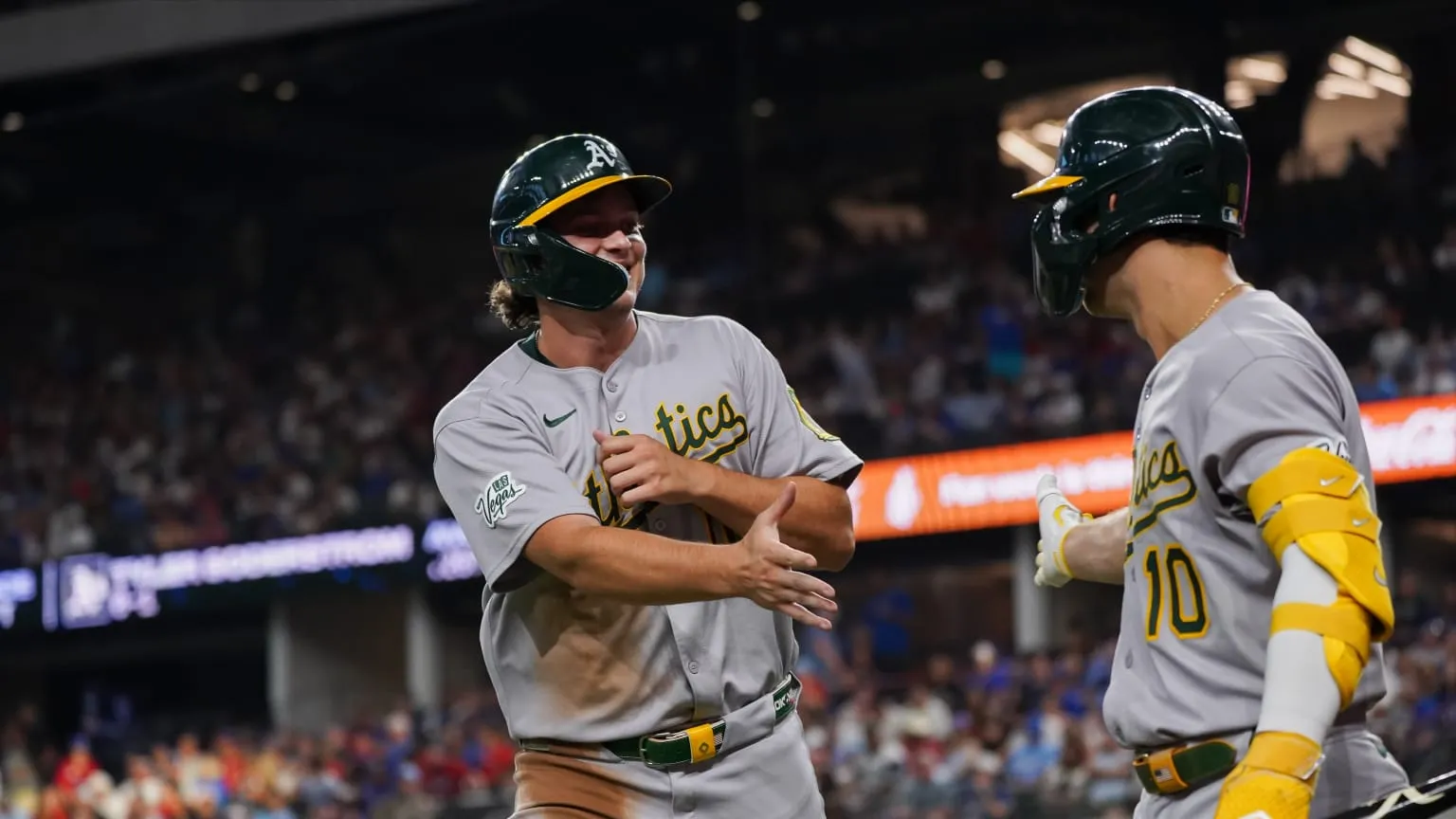
Lessons from Other Rookies
Oakland isn’t the first team to manage a young star this way.
-
Aaron Judge, during his rookie year, was carefully monitored by the Yankees to ensure he could adjust to MLB’s demands.
-
Mike Trout, in his early seasons, also had days strategically scheduled off, which helped him avoid major injuries.
-
More recently, Julio Rodríguez of the Mariners experienced rest days during his first season, particularly when showing signs of fatigue.
The pattern is clear: resting rookies works. And if it worked for players who became MVPs and franchise icons, it could certainly benefit Kurtz.
Conclusion: The Right Call for Now
So, was resting Nick Kurtz the right move? All signs point to yes. By giving him a day to recover, the Athletics are showing foresight and responsibility. They’re protecting their most valuable asset not just for this season, but for the next decade.
This decision underscores a new era for the Athletics: one where player health is prioritized, long-term development trumps short-term gain, and rookies are nurtured instead of exploited.
For Nick Kurtz, this rest day isn’t a setback — it’s a building block. For Oakland, it’s a declaration of intent: the future matters more than the present.






